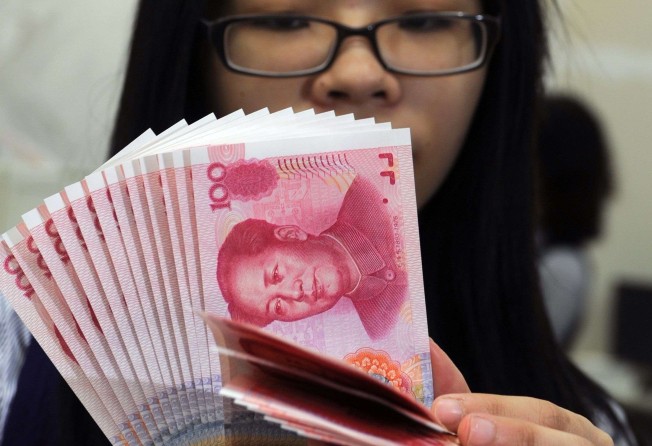Strong resurgence in Asian high-yield bonds
Asian high-yield issuers (rated below ‘BBB’ or ‘Baa) count over US$6.2 billion in offshore debt year-to-date – four times last year’s total amount

Bond issuance volumes have picked up in the early months of this year, as borrowers have capitalised on low volatility and interest rates.
Issuances have reached some US$950 billion year-to-date, which is up 5 per cent over the same period last year, and those from Asian high-yield issuers (with credit ratings below “BBB” or “Baa”), are of particular interest, which count over US$6.2 billion in offshore debt year-to-date.
This is over four times the total amount issued in 2016 whereas the broader high-yield segment saw a 66 per cent increase year on year.
As the largest bond market in the Asia ex-Japan region, China’s bond market has traditionally been dominated by high-yield supply from Chinese corporates.
Last year, issuers from mainland China accounted for 78 per cent of total volume and the trend has continued into 2017. Nevertheless, we are also seeing the breadth of issuers continuing to broaden, with more south and southeast Asian players having issued or joining the pipeline in recent weeks.
As a case in point, in January, the market received a boost from India’s Jain Irrigation when it raised funds from the offshore debt market for the first time.
Deal sizes have also increased, with the average transaction size at US$300 million compared with US$260 million in 2016.
Notably, we saw a US$1 billion offering by India’s Vedanta Resources in January, which alone accounts for 16 per cent of issuance volumes to date. The transaction also set a new record as the largest, single US dollar tranche for a high-yield commodities issuer in Asia.
Along with the increased supply, demand for high-yield credit has been robust. In the hunt for yield, investors have had to look at longer-tenure bonds and also consider high-yield bonds which are lower down the credit spectrum.
In fact, global high-yield funds have reported net inflows for five of the first seven weeks this year, with year-to-date inflow estimated at US$917 million, compared to an outflow of US$5.2 billion over the same period last year.
Indeed, Asian high-yield credits have appealed to investors, particularly with positive economic outlook for countries like Indonesia and India, where healthy growth is forecast over the near term. All-in yields of Asian high-yield credits are trading near 6 per cent currently, which is attractive compared to the investment grade sector and other high-yield markets.
The spread for high-yield bonds, compared with US treasuries and investment grade bonds, has narrowed to multi-year lows.
With market fundamentals in place and volatility forecasted to stay low, we can expect the pace of Asian high-yield issuances to remain elevated over the near term. Since the start of 2017, Chinese regulators have encouraged Chinese corporates to raise funds offshore. The Commercial Real Estate sector (which makes up a significant proportion of Chinese high-yield) has USD20 billion of refinancing expected this year, and a further USD18 billion of debt maturing in 2018 which, given the current environment, we can expect issuers to prefund in advance. And similar to high-yield borrowers from South and Southeast Asia, the positive macro backdrop provides for business expansion and therefore funding opportunities.
Henrik Raber is global head of capital markets at Standard Chartered Bank